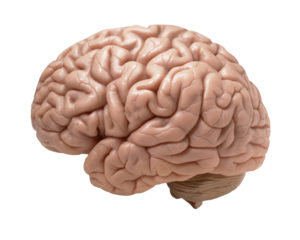 Once again a study found benefits from exercise - specifically that regular exercise is better for the brain and for thinking skills (for "executive function"). Executive function is a person's ability to regulate his or her own behavior, pay attention, manage new information and unexpected challenges, to plan, organize, and achieve goals. Executive functioning can decline in older adults - "age-related declines". So it's definitely beneficial to prevent or slow down a decline in thinking skills.
Once again a study found benefits from exercise - specifically that regular exercise is better for the brain and for thinking skills (for "executive function"). Executive function is a person's ability to regulate his or her own behavior, pay attention, manage new information and unexpected challenges, to plan, organize, and achieve goals. Executive functioning can decline in older adults - "age-related declines". So it's definitely beneficial to prevent or slow down a decline in thinking skills.
In this study 132 individuals (aged 20 to 67 years) living in New York City were either randomly assigned to a stretching group or an aerobic exercise group for 6 months. They were given a number of tests (at the start, at 3 mos, and at 6 mos.) to measure executive function, memory, IQ, etc. After 6 months the aerobic exercise group had a number of benefits (compared to the stretching group): they reduced their BMI (body mass index), they increased the cortical thickness in a part of their brain (this is good), and they had improved executive function thinking. The researchers found that the aerobic exercise showed more benefit to older adults than the younger adults.
How much did the aerobic group exercise? The individuals had 4 sessions a week of aerobic exercise (stationary cycling, treadmill, elliptical machine) which consisted of 10 to 15 minutes of warm-up/cool down, and 30 to 40 minutes of exercise. Note that at the start of the study all persons were healthy, sedentary non-exercisers - with "below median aerobic capacity". Meaning that there is hope for all of us to benefit from regular exercise whether a young adult or over 60.
For those persons that dread going to a gym or spend money for exercise equipment - you don't need it! Just get out and walk briskly, or ride a bicycle, climb stairs regularly - in other words, move! The goal is to get your heart pumping. From Science Daily -
Exercise may improve thinking skills in people as young as 20
Regular aerobic exercise such as walking, cycling or climbing stairs may improve thinking skills not only in older people but in young people as well, according to a study published in the January 30, 2019, online issue of Neurology®, the medical journal of the American Academy of Neurology. ...continue reading "Aerobic Exercise, Thinking Skills, and the Brain"

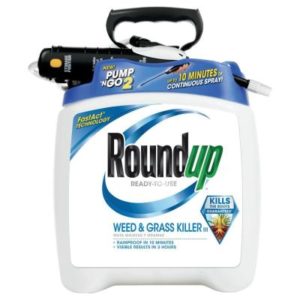 Does the pesticide glyphosate cause cancer or not? The latest in the controversy surrounding glyphosate (in Roundup), which is the most commonly used herbicide (weed-killer) in the world, is a
Does the pesticide glyphosate cause cancer or not? The latest in the controversy surrounding glyphosate (in Roundup), which is the most commonly used herbicide (weed-killer) in the world, is a  How many times have you heard to eat lots of fruits, vegetables, whole grains, nuts, legumes (beans), and seeds? Study after study finds that eating a diet rich in these foods is linked to all sorts of health benefits. A big reason is that they have lots of fiber - which feeds beneficial microbes in our gut. A recently published review of studies in the prestigious journal Lancet examined studies done over the past 40 years and found numerous health benefits.
How many times have you heard to eat lots of fruits, vegetables, whole grains, nuts, legumes (beans), and seeds? Study after study finds that eating a diet rich in these foods is linked to all sorts of health benefits. A big reason is that they have lots of fiber - which feeds beneficial microbes in our gut. A recently published review of studies in the prestigious journal Lancet examined studies done over the past 40 years and found numerous health benefits.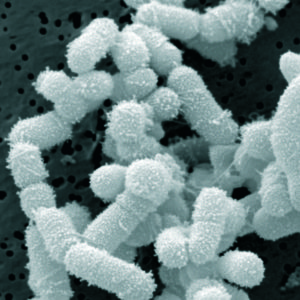 What can the amazing beneficial bacteria Lactobacilus sakei treat? We know it can treat
What can the amazing beneficial bacteria Lactobacilus sakei treat? We know it can treat 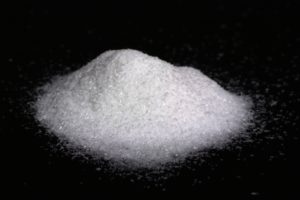 Did you know that some other countries have stricter laws on food additives, drugs, and pesticides than the US? This is especially true with the European countries. It is especially aggravating to read that manufacturers sell foods with one set of ingredients in the US and a better set of ingredients in Europe. (Could it be because the FDA has such nice cozy relationships with Big Ag and lobbyists representing big chemical companies?) So... what can the ordinary person do? Read labels carefully. And try to buy as much organic food as possible, or buy from local farmers where you can find out how they are growing crops or raising animals.
Did you know that some other countries have stricter laws on food additives, drugs, and pesticides than the US? This is especially true with the European countries. It is especially aggravating to read that manufacturers sell foods with one set of ingredients in the US and a better set of ingredients in Europe. (Could it be because the FDA has such nice cozy relationships with Big Ag and lobbyists representing big chemical companies?) So... what can the ordinary person do? Read labels carefully. And try to buy as much organic food as possible, or buy from local farmers where you can find out how they are growing crops or raising animals.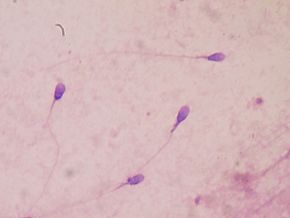 Are we heading toward a time in the not so distant future when all men are infertile? (Due to exposure to all the endocrine disruptors around us.)
Are we heading toward a time in the not so distant future when all men are infertile? (Due to exposure to all the endocrine disruptors around us.) 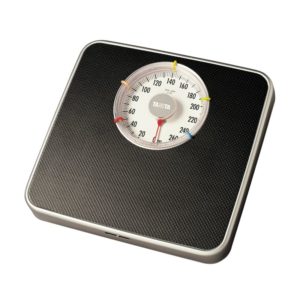 Type 2 Diabetes May Be Reversed With Weight Loss
Type 2 Diabetes May Be Reversed With Weight Loss More and more evidence is accumulating that certain diets are anti-inflammatory. Especially beneficial are diets rich in fruits, vegetables, seeds, nuts, legumes (beans), and whole grains - which also have a lot of fiber. This is exciting research because chronic low-grade inflammation is linked to a number of chronic diseases (heart disease, cancer, etc.).
More and more evidence is accumulating that certain diets are anti-inflammatory. Especially beneficial are diets rich in fruits, vegetables, seeds, nuts, legumes (beans), and whole grains - which also have a lot of fiber. This is exciting research because chronic low-grade inflammation is linked to a number of chronic diseases (heart disease, cancer, etc.). Dental floss coated with a "non-stick coating" has long been a concern of mine. Do the Teflon-like chemicals get into the person when a person is flossing teeth?
Dental floss coated with a "non-stick coating" has long been a concern of mine. Do the Teflon-like chemicals get into the person when a person is flossing teeth?